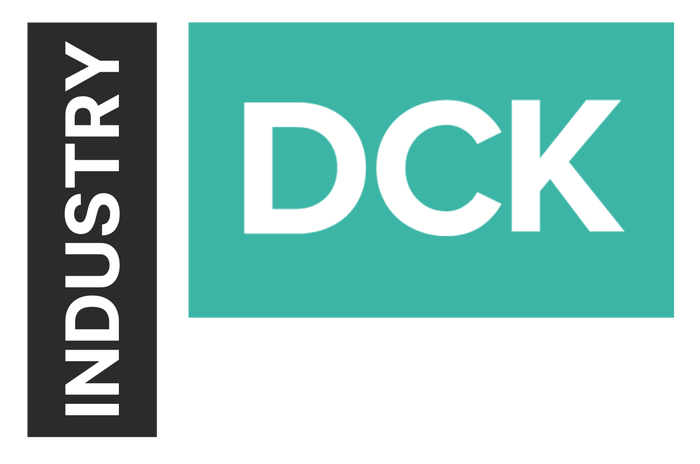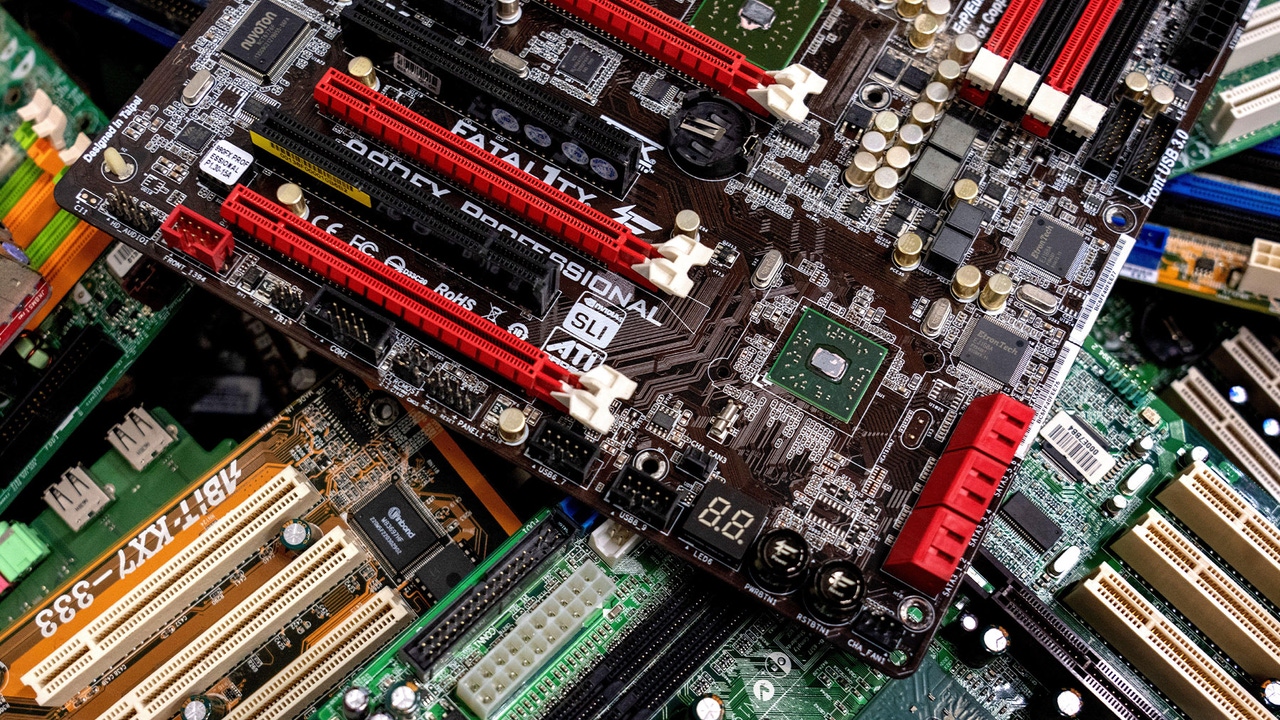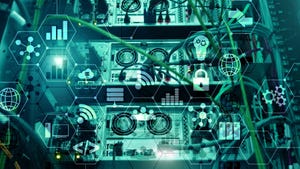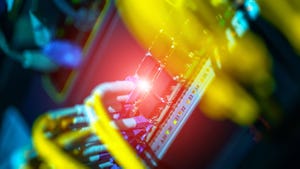
Insight and analysis on the data center space from industry thought leaders.
Ticking Time Bomb: AI, Data Centers, and the Looming E-Waste CrisisTicking Time Bomb: AI, Data Centers, and the Looming E-Waste Crisis
AI is transforming data centers – but at what cost? Rising power demand and rapid hardware refresh cycles are fueling an e-waste crisis, writes Russ Ernst.

AI may be one of the biggest drivers in data center transformation and growth to date. This modern-day gold rush is already making an impact, with operators updating their infrastructure to accommodate the growing demand for storage required for AI data processing.
While data center transformation and industry growth is good news for operators, the move to more advanced processors will accelerate the need for this new infrastructure as well as more hyperscalers to accommodate the shift, setting the stage for an environmental disaster waiting to happen.
Even before the widespread adoption of AI, data center power demand was accelerating rapidly. The Central Statistics Office in Ireland reported data center electricity consumption increased by 20% between 2022 and 2023.
We have a similar problem in the US. Data center demand could nearly triple in the next three years and consume up to 12% of the country’s electricity as the country undergoes an AI transformation, according to a recently published report from the US Department of Energy and Lawrence Berkeley National Laboratory. The report also estimates that data center load growth has tripled over the past decade and is projected to double or triple by 2028.
However, there is also a silver lining to the adoption and deployment of AI in data centers, including its ability to manage resource allocation more efficiently by dynamically adjusting workloads across servers based on real-time demand.
AI can also help optimize data storage by automatically classifying and categorizing data based on access frequency, importance, and regulatory requirements. And AI’s ability to automate routine tasks is a driver of almost immediate return on investment.
In data center environments, this means automating network management, server provisioning, and software patching. This reduces the need for manual intervention required for day-to-day operations and allows staff to focus on higher-value tasks. This is a short list of the advantages to leveraging AI in data center environments.
The balancing act between the many benefits of AI versus the potential downside, an increase in energy consumption and e-waste, should be a wakeup call to data center operators and trigger a change in current processes. Making adjustments in processes can successfully mitigate a dramatic increase in e-waste due to the high-performance hardware updates AI requires.
The need for constant upgrades to support evolving AI capabilities can shorten the lifespan of data center devices and drive faster cycles of upgrading equipment. With an estimated lifespan of just three to five years, between 20 and 70 million expensive hard disk drives (HDDs) in the US reach their end of life each year – most of which are shredded and sent to landfills, creating vast amounts of waste. However, physical destruction is not the only option.
New year, New Processes
There are a few ways data center owners and operators can update and modernize processes to accommodate the pressure that hardware refreshes can place on sustainability and e-waste.
For example, many operators believe that once decommissioned, data center drives must always be physically destroyed to ensure data security. However, there are more secure and sustainable alternatives for data center decommissioning.
Two more sustainable options that should be considered include:
Data sanitization and reuse: Instead of physically destroying old hardware like hard disk drives (HDDs), data centers can either partner with a certified IT asset disposition (ITAD) company to securely sanitize data from decommissioned equipment or manage sanitization in-house (if they have the expertise). This process removes all sensitive data, allowing the hardware to be refurbished and resold, or repurposed for other uses. By reusing equipment, data centers can extend the lifespan of hardware and reduce the volume of e-waste sent to landfills. Operators or ITADs can securely sanitize used HDDs, completely wiping any sensitive data. This allows the drives to be either resold or donated to non-profits in underserved regions, giving them a second life while reducing environmental impact.
Better hardware lifecycle management: Data centers can implement sustainable hardware lifecycle management practices by using modular, repairable, and upgradeable systems. This approach allows for individual components (like power supplies, memory, or processors) to be replaced or upgraded rather than discarding entire servers or other hardware, reducing the frequency of full equipment replacements and minimizing e-waste without impacting operational efficiency.
Read more of the latest data center sustainability news
The Sustainable Data Center of the Future
Software advances in data sanitization enable operators to decommission infrastructure and devices without compromising security. The transition to the AI Era will improve the efficiency and utilization of data center hardware. Unfortunately, it also accelerates the need for continual upgrades due to its demands for more power, efficiency, and performance.
This shift will require data center owners and operators to rethink their processes to take advantage of all that AI has to offer while keeping sustainability top of mind.
Read more about:
Green ITAbout the Authors
You May Also Like











